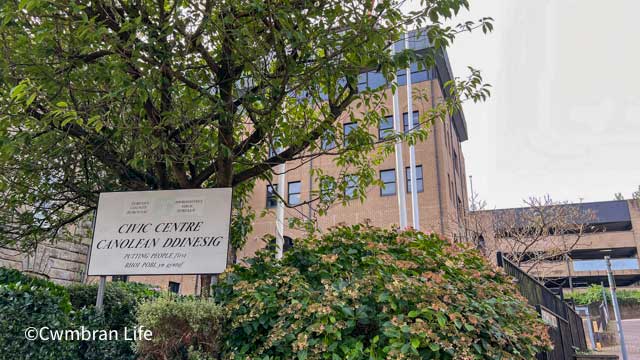ASSURANCES have been given that Blaenau Gwent and Torfaen councils will not merge and become one.
But part of both councils’ constitution will need to be tweaked to reflect the greater collaboration between workforces that is taking place on an operational level.
At a meeting of Blaenau Gwent County Borough Council’s Governance and Audit committee on Monday, July 28, members received an update from the joint chief executive, Steven Vickers, on the work that has been going on to smooth out the process.
Shared chief executive
Blaenau Gwent and Torfaen agreed to share chief executive Stephen Vickers on a trial from July 1 last year.
Following the trial period, in January, councillors in both counties agreed to go ahead with proposals for a closer working relationship between the workforces and a new joint senior management team.
In May, the new joint senior management team was established, and a re-jig of cabinet portfolios was also finalised in Blaenau Gwent to align with the new structure.
‘Benefits’
Mr Vickers told members that this change is already showing “some benefits.”
As part of the process, budget discussion timelines and councillor meeting calendars would be “aligned” so that decisions in areas of collaboration can go through the democratic process of each council at about the same time.
Independent committee lay member Martin Veale asked: “Are there plans to move towards integration or alignment of policies and procedures so that staff can be transferred or slide from one organisation to another?
“Is that a real benefit of what we are going to see moving forward?”
‘Financially sovereign’
Mr Vickers: “If operationally we align more closely, then clearly we would do so.
“But it’s important to recognise that those policies would be signed off independently by each council.
“We remain two political organisations that are financially sovereign.
“There are no plans for us to merge the councils in any way, even in circumstances operationally where we are working more closely together.
“There are some officers that operate and are accountable to both authorities, my role is the obvious example.”
The joint directors for adult social services, communities. and neighbourhood, environment and economy are all accountable to both councils.
Mr Vickers said: “In some circumstances, we have services being delivered on behalf of one another.
“So, we could have services that are managed by an individual across two authorities.”
As an example, Mr Vickers brought up the joint director of environment and economy, Mark Thomas.
Mr Vickers said: “He manages waste services in both places and there are no plans to bring waste services closer together operationally because we are working to different strategies, policies and staffs.”
Savings and efficiencies
A positive aspect of the model may be seen in savings and efficiencies that could be found across councils.
Mr Vickers pointed out that vehicles needed to provide waste services which are “extremely expensive” could be shared across both councils.
Mr Vickers said: “It’s a bit of a complex arena to operate in.
“While the constitutions remain independent, a section in both will be identical to each other that sets out the joint arrangements and the way we manage that process.”
Committee chairwoman and lay member Cheryl Hucker said: “We have valued your candour today; it’s been very informative and appreciated.”

